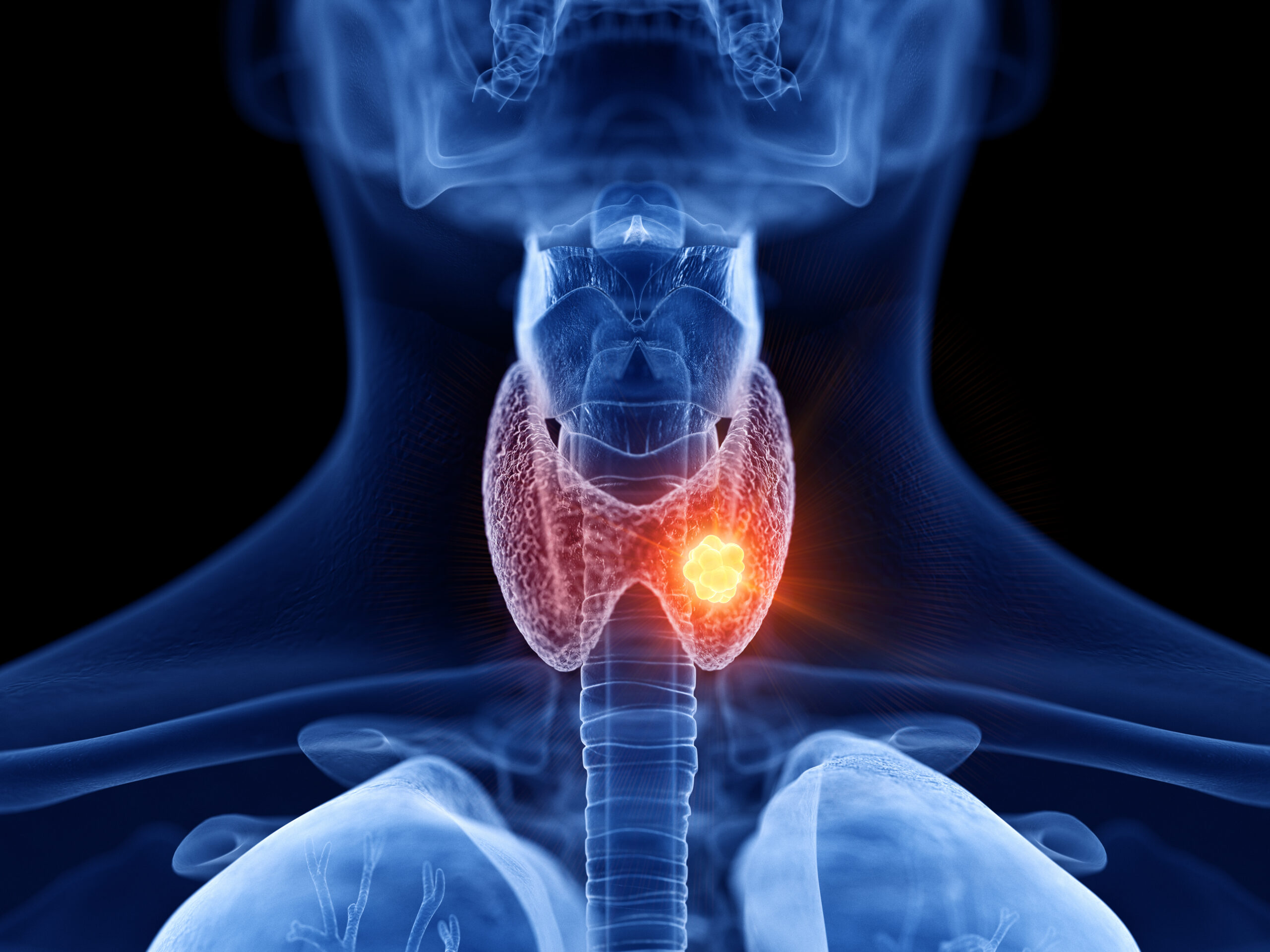Health and Medicine
Explore Health and Medicine

Dr. Jonas Mellgren | Shaping the Future: How a Tiny Screw Is Changing Children’s Lives
When a baby is born, the bones of the skull are meant to behave like the slats of a wooden barrel, flexible enough to slide into the correct orientation as the brain beneath them doubles in size during the first year of life. However, in about seven of every 100,000 births one of those seams between the bones of the skull (called a suture) closes too early along a single side of the forehead, a condition called unicoronal synostosis (or UCS). Instead of rounding out evenly, the skull twists: one brow pulls backward, the opposite brow juts forward, the eye sockets tilt, and the nose shifts off‑centre. Beyond cosmetic considerations such as the visible asymmetry, these children can also face raised brain pressure, vision problems and slower development.

Dr. Shasha Cui | A Global Classroom for Dental Residents: How Virtual Education is Reshaping Dental Training Worldwide
When the COVID-19 pandemic arrived as an unexpected and unwelcome presence in our lives, it didn’t just disrupt our daily routines, it drastically changed how we learn, teach, and connect. For many healthcare professionals, including those in dentistry, this meant abandoning lecture halls and clinical classrooms for an unfamiliar and potentially daunting virtual teaching landscape. After all, no-one knew if this mandatory experiment in online teaching would work out. Yet from this unprecedented upheaval emerged an extraordinary opportunity to rethink how education is delivered globally, one that Dr. Shasha Cui of the Eastman Institute for Oral Health at the University of Rochester School of Medicine and Dentistry, and her colleagues, seized with insight, innovation, and a keen eye toward the future.

Dr Malgorzata Trela – Dr Sophie Rutschmann | From Classroom to Conference: How a New Teaching Model Lets Students Step Inside the Scientific Community
When you imagine a scientific conference, you may picture rows of poster boards, bustling coffee breaks, and seasoned researchers discussing the latest data and research approaches. It can feel like a world reserved for insiders. Yet a recent study led by Dr Malgorzata Trela and Dr Sophie Rutschmann at Imperial College London argues that this lively professional gathering is precisely where tomorrow’s scientists ought to cut their teeth. Their paper, “Immunology in Practice: a modular framework to support Master of Science students’ conference attendance and engagement,” describes an educational project that turns a four-day professional congress into the beating heart of a master’s-level module, and in doing so, reshapes how students learn, network and even see themselves.

Dr Xusong Luo – Dr Lin Lu | A Breakthrough in Reconstructive Surgery: Expanding Scalp Skin to Repair Large Facial Defects in Children
Facial reconstruction is one of the most challenging fields in cosmetic and reconstructive surgery. When patients undergo skin transplants to address large facial defects, the surgeon’s goal is to restore both the function and appearance of the face in a way that integrates seamlessly with their natural features. Dr Xusong Luo, Dr Lin Lu and their colleagues at Shanghai Ninth People’s Hospital have developed an innovative approach that offers a promising new option for repairing large facial defects, particularly in children born with giant congenital melanocytic nevi.

Ren Kimura | Listening to Our Cats’ Kidneys: How a Handful of Mirror-Image Molecules Could Reveal Feline Health
Amino acids are a fundamental building block for fur, muscle, and every other living tissue on Earth. These molecules come in “left-handed” (L) and “right-handed” (D) forms, a bit like gloves that fit different hands or mirror images. Life largely runs on the left-handed set, so biologists once assumed the right-handed versions were irrelevant. Yet nature quietly manufactures these D-amino acids and they can play a role in certain biological processes. In research led by Japanese analytical chemist Ren Kimura of the R&D-Analytical Science Research department of the Kao Corporation, Japan, researchers reveal that these overlooked molecules may offer an early-warning beacon for one of the most common and deadly ailments in cats, chronic kidney disease (or CKD for short), and they may even have potential in diagnosing human conditions.

Dr. Sarah Hallen | The patient will see you all now: redesigning clinical learning for better outcomes
If you picture doctors making their daily rounds through hospital floors, you might imagine a single doctor standing by a bedside, examining a patient’s chart, or perhaps a group of doctors discussing a case right outside a patient’s room. However, the future of hospital care may well look more like a well-choreographed team effort, with doctors, nurses, pharmacists, students, and patients themselves, all in the same room, and all working as one team. This is exactly what Dr. Sarah Hallen and her colleagues at MaineHealth Maine Medical Center Portland envisioned when they created the iPACE model, short for Interprofessional Partnership to Advance Care and Education. Launched in 2017, this model is not just changing how doctors are trained; it’s leveraging team synergies to reshape what it means to deliver healthcare.

Prof. Francis Worden | Breaking Barriers in Cancer Care: How Lenvatinib Offers Hope for Resistant Thyroid Cancer
Thyroid cancer is one of the more common cancers globally, and for most patients, the prognosis is generally favorable with timely and effective treatment. The usual course involves surgery to remove the thyroid gland, followed by radioactive iodine therapy to eliminate any remaining cancerous cells. However, for a subset of patients, the story is far more complicated. When thyroid cancer no longer responds to radioiodine therapy, a condition known as radioiodine-refractory differentiated thyroid cancer, the outlook becomes significantly more daunting. These patients face limited treatment options and a much grimmer prognosis.

Troy Norris | The Wellbeing Balance Model: A Personalized Approach to Design Effective Wellbeing Interventions
Research from Troy Norris at the WellBalance Institute for Positive Wellbeing reveals how a novel approach to measuring wellbeing can lead to more effective personalized interventions. The Wellbeing Balance and Lived Experiences (or WellBalance) Model and Assessment extends traditional wellbeing measures by evaluating both positive experiences and the feelings they generate, enabling tailored approaches to enhance individual flourishing based on specific life circumstances.

Dr. Alex Chaparro | Deciding when and how checklists should be used in medicine
While checklists are often a vital tool for medical procedures, there has so far been little guidance on how they should be designed and applied in real medical scenarios. Now, a team including Dr. Alex Chaparro, a researcher at Embry-Riddle Aeronautical University, has developed an algorithm which can help medical experts to decide when a checklist is the best-suited tool for the task at hand; and if so, which type of checklist should be applied, based on the user’s technical experience. The approach could ultimately help complex, potentially urgent medical procedures to become safer and more efficient.

Professor Mamta Jain | Improving Hepatitis C Screening and Care: Approaches for Reaching Underserved Populations
Research from Professor Mamta Jain at UT Southwestern Medical Center and her colleagues reveals how electronic alerts, patient navigation, and mailed outreach can significantly increase hepatitis C screening and treatment in traditionally difficult-to-reach populations. Their work demonstrates that while electronic reminders are effective, combining multiple approaches with adequate clinical staffing and resources leads to the greatest improvements in patient care across all stages of the hepatitis C care continuum.

Dr. Hanieh Razzaghi | Behind the Screens: Improving Health Outcomes with Better Data
We can imagine our health as a jigsaw, with each individual piece representing a different aspect of our medical history. These pieces might include blood test results, X-ray images or the notes taken by a doctor as we describe our symptoms. These jigsaw pieces are ultimately recorded and stored in electronic health records (or EHRs). EHRs are a valuable resource, providing an overview of someone’s health and they could have the potential to allow clinicians and researchers to unlock new medical insights. However, there’s a fly in the ointment – not all the pieces in such records always fit together correctly, and they may not completely capture the required information. Some clinical event documentation may not be complete, others do not align with related pieces, and some events are even missing entirely. This data quality problem was tackled by Dr. Hanieh Razzaghi of the Children’s Hospital of Philadelphia, and her colleagues, in their innovative work on the PRESERVE study, a research project exploring chronic kidney disease in children (the PRESERVE study itself was led by Drs. Michelle Denburg and Christopher Forrest). Using EHRs from 15 different hospitals across the United States, the team aimed to understand how various treatments could potentially slow down chronic kidney disease progression. However, initially, they had to make sure that the data they were relying on were accurate, reliable, and suitable for the required complex analyses.

Dr. Yassir Mahgoub | New Insights into Severe Depression Towards a Breakthrough in Treatment
Associate Professor Yassir Mahgoub and his team at Penn State University have uncovered an important link between melancholia – a severe form of depression that often doesn’t respond to treatment – and catatonia – a condition characterized by abnormal movements and associated with schizophrenia. The researchers analyzed case studies involving six patients who had been hospitalized for severe depression. All six patients experienced significant relief from their depressive symptoms by taking lorazepam – a drug typically used to treat catatonia. This discovery reveals a potential new avenue for treating severe, treatment-resistant depression.
Increase The Impact Of Your Research!
Explore partnership opportunities
Unwind without the hassle. Enjoy fresh audiobooks, delivered free!
